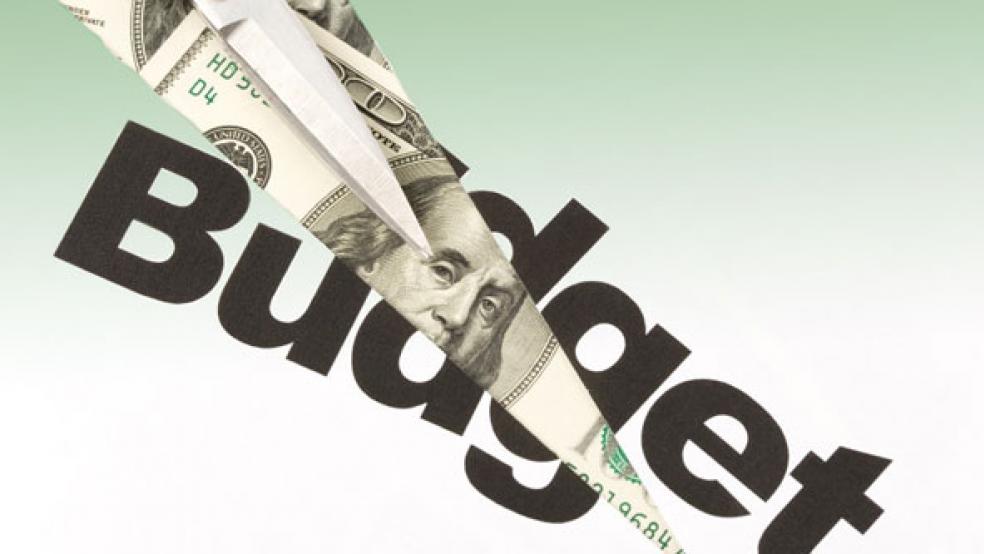The impact of the more than $80 billion in sequestration cuts has yet to be felt.
Sure, the federal government shed 14,000 jobs in May. But sequestration is mainly about unpaid furloughs. So what should be on the radar is a huge drop in income for bureaucrats.
But aggregate income stayed flat in April for all government workers—which includes federal, state, and local payrolls. That’s because the first day of government-wide furloughs impacting 115,000 employees was on May 24.
RELATED: BIGGEST WINNERS AND LOSERS IN SEQUESTER STALEMENT
The real ripples could hit in July, explains Joshua Dennerlein, an economist for Bank of America Merrill Lynch, in a client note released last Friday:
“However, with the majority of the furloughs not kicking in until the beginning of July, including the Pentagon’s 680,000 furloughs beginning July 8, the real income shock will not show up until the July personal income and outlay report on August 30.”
So July is when the economy could start feeling the brunt of sequestration. In theory, this will either hit growth or have to be offset by other factors such as an accelerating private sector, resurgent stock market, or climbing home values.




